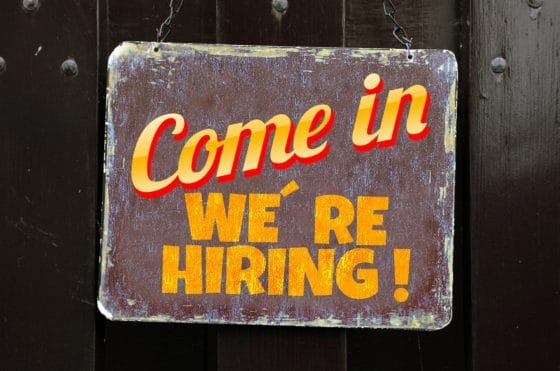Employment Visas in California: What You Need to Know
 In Silicon Valley and elsewhere in California, startup companies are king. That means being able to employ highly talented people off the bat and as the company grows, a task that has proven challenging given the H-1B visa lottery. That’s the visa entryway for talented foreigners with specific skills to be green-lighted into the country, but only 65,000 of them are given each year.
In Silicon Valley and elsewhere in California, startup companies are king. That means being able to employ highly talented people off the bat and as the company grows, a task that has proven challenging given the H-1B visa lottery. That’s the visa entryway for talented foreigners with specific skills to be green-lighted into the country, but only 65,000 of them are given each year.
It’s a problem for California companies like Veritas. Executives note there are not enough qualified applicants in Silicon Valley, making access to H-1B visas essential not just to the company’s growth but to its very survival. The American Competitiveness Alliance previously stated that strict immigration rules or the continued inability to get workers through the H-1B visa lottery could force companies to move overseas. A recent study conducted by that group found that 71 percent of U.S. businesses would consider relocation if it becomes too hard to find talent within U.S. borders.
While the H-1B visa isn’t the only opportunity for someone to enter the U.S. on employment grounds, it’s one of the most popular in California. Below, we’ll go over some of the basics of employment-based visas, how they work, what’s in store for the future of visas, and how to get help applying for an employment-based visa.
Types of Employment-Based Visas and How They Work
There are several different employment-based visa categories in the United States. These visa categories have been approved by the federal government due to a belief that admitting foreign employees with valuable skills is beneficial to the U.S. economy.
Immigration law in the United States currently allows several different paths for individuals to enter the United States on a temporary or more permanent basis for employment purposes. In general, the total count for temporary employment-based visas awarded has grown since fiscal year 2000. Currently there are nearly 800,000 temporary employment-based visas issued on an annual basis.
These are split among those in religious occupations, foreign media, temporary workers, treaty investors, those with extraordinary abilities, intra-company transferees and artists, athletes, and performers. The five major types of temporary employment-based visa classifications are H-1B, H-2A, H-2B, and L-1A and L-1B.
H-1B visas are available to foreign professionals in certain occupations. There are 65,000 of these limited every single year and 20,000 more for individuals who have the equivalent of a U.S. master’s degree or higher. Individuals are approved for up to three years.
H-2A visas are eligible for agricultural workers coming on a temporary basis from particular countries; there is no annual limit. They are limited to the period of employment and can get renewed for qualifying occupations.
H-2B visas refer to seasonal non-agricultural temporary workers — up to 66,000 per year. Initially, individuals are admitted for up to one year and can get renewed twice for a maximum of three years.
Other foreign workers who are employed by particular entities related to U.S. employers may be eligible to come in under L-1A and L-1B visas. There are no limits to these; an individual may be approved for up to three years.
Immigration in the News: What it Means for Workers and Companies
Immigration has become a hot-button issue from a public policy perspective in recent years. President Trump recently signed an executive order being referred to as the “Hire American” order that could affect company abilities to hire foreign professionals.
While no immediate changes have yet to be presented to existing visa programs, Trump has suggested that the random lottery system for H-1B visa applicants is too random. Government agencies will now be instructed to ensure that the visas go to applicants earning the highest pay and with the best skills. Previous data from the Labor Department shows that up to 40 percent of those getting visas in the lottery are for entry-level employees. Up to 70 percent of H-1B visas from fiscal year 2015 went to Indian workers, and the biggest hiring sector for those workers has been technology outsourcing.
Every April, the government receives hundreds of thousands of H-1B visa applications for the year ahead. In 2017, they received 199,000 for the 65,000 available. Companies like Facebook and Qualcomm rely heavily on H-1B visas to ensure they are able to function and grow. The H-1B visa program requires that companies show they have tried to hire an American first and failed.
While the removal of the lottery could mean good news for California-based firms who need top talent, international students at UCLA are concerned about Trump’s review of the program and being able to find jobs in the U.S.
Get Help from an Immigration Attorney
Anyone who uses H-1B visas and employees concerned about their future should continue to pay attention to the news as further information is revealed about employment-based visas. You also can speak to a qualified immigration law attorney who handles employment visa applications, along with everything else from obtaining citizenship to deportation proceedings.
Are you in search for a certified attorney to represent you?
Let us help you find one today!



